Protein Timing

Most of us concentrate on consuming the recommended amount of protein each day, but if you aren't spreading it throughout the day, you may be losing out on potential gains.
Amino Acids & Muscle Protein Synthesis
Every time we eat a protein-containing food, our bodies break down the proteins into their individual amino acids and then use these amino acids to repair and rebuild our muscle tissue through a process called Muscle Protein synthesis (MPS).
Of all the amino acids present in a protein, leucine is the only one that is independently capable of boosting muscle protein synthesis to facilitate muscle recovery and growth; however, it is essential to note that leucine operates as a signal and all of the amino acids must present to form muscle proteins. For this reason, you need to ensure that you get the recommended amount of protein daily, based on your body weight (BW) and activity level. Those with higher BW and activity levels require nearly twice as much protein as our Lower BW and less active counterparts.

Leucine’s ability to enhance signaling lasts for around 3 hours after consumption with an optimal dose to maximize MPS of 0.05 grams per kg of body weight. (Norton & Wilson, 2009) A great source of leucine is sacha inchi seed protein, a complete, highly digestible protein with an average mg/g concentration of 64mg/g per serving. (Sathe SK, Kshirsagar HH, Sharma GM - 2012)
With leucine signaling only lasting 3 hours, to maximize your gains, you need to not only be eating the appropriate amount of protein but spreading that out throughout the day. For example, a study comparing the rates of muscle protein synthesis over a 12-hour period found that four servings of 20g of protein were superior to the timing strategies of two servings of 40g and eight servings of 10g, equally spaced over the 12-hour period. (Areta et al., 2013)
For each example, a 70-kilogram individual consumes 85 grams of total daily protein (1.2g/kg body weight) over a 12-hour period from complete protein sources containing leucine.

With the 10g serving, the anabolic threshold was not reached at any meal, limiting muscle protein synthesis. The anabolic threshold for the 40g serving was reached, but with only two servings spaced 6 hours apart, leucine signaling MPS didn’t occur half of the time. Only in the 20g serving spaced 3 hours apart from each other did leucine signaling MPS occur during the total 12 hours - allowing for optimal MPS. (Wilson et al., 2011)
All in all, it is evident that protein intake and timing are both important when it comes to muscle growth. The current recommended daily protein intake is between 0.8g-2.2g/kg of body weight, but this number may be increased if you are looking to put on mass. It’s also important to consider the time of day you consume your protein. To get the most out of your workouts and reach an optimal level of MPS, try spreading your total daily intake throughout all meals and with the help of high-complete-protein snacks. Have you been paying attention to how much protein you eat and when?











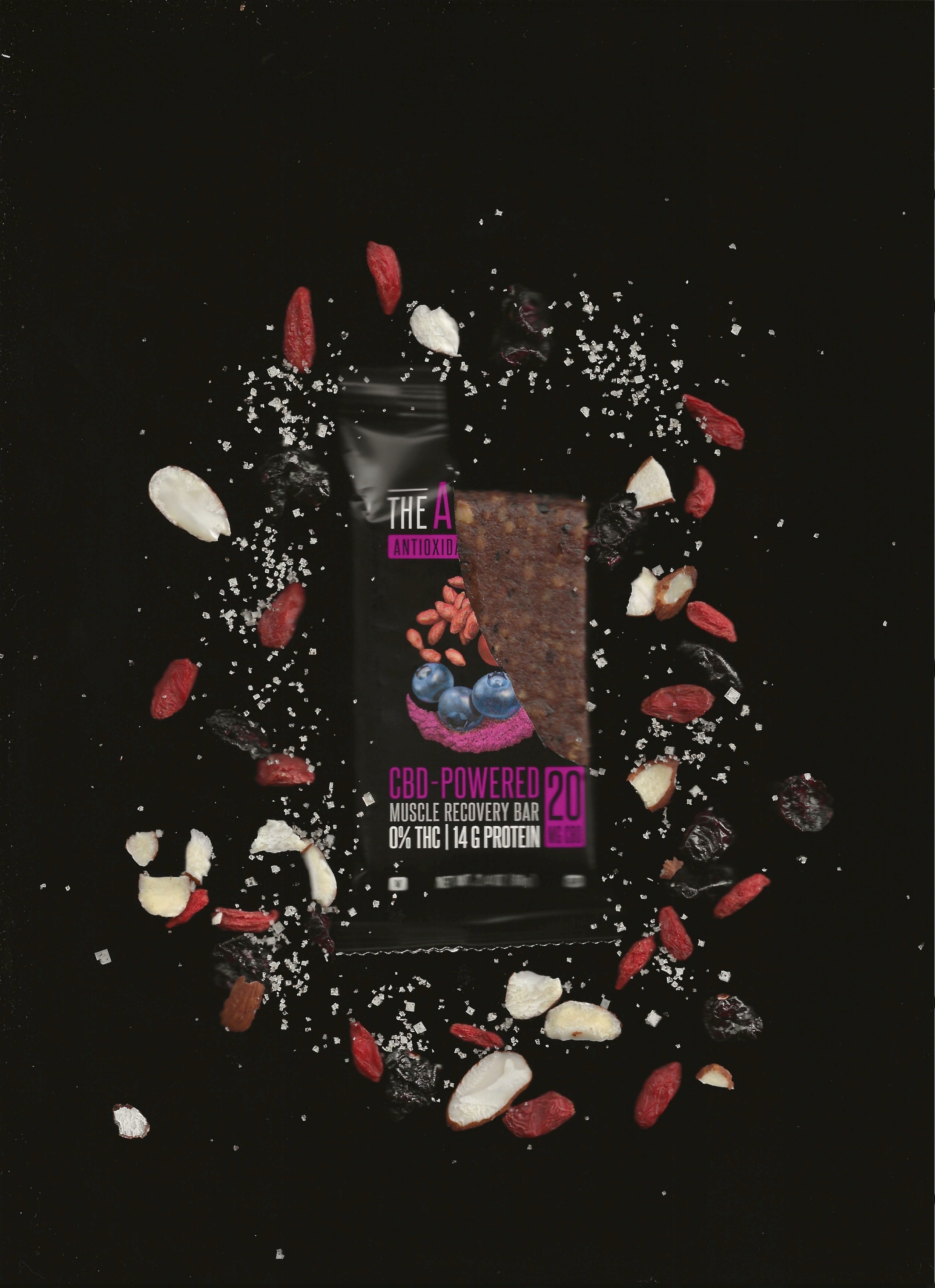



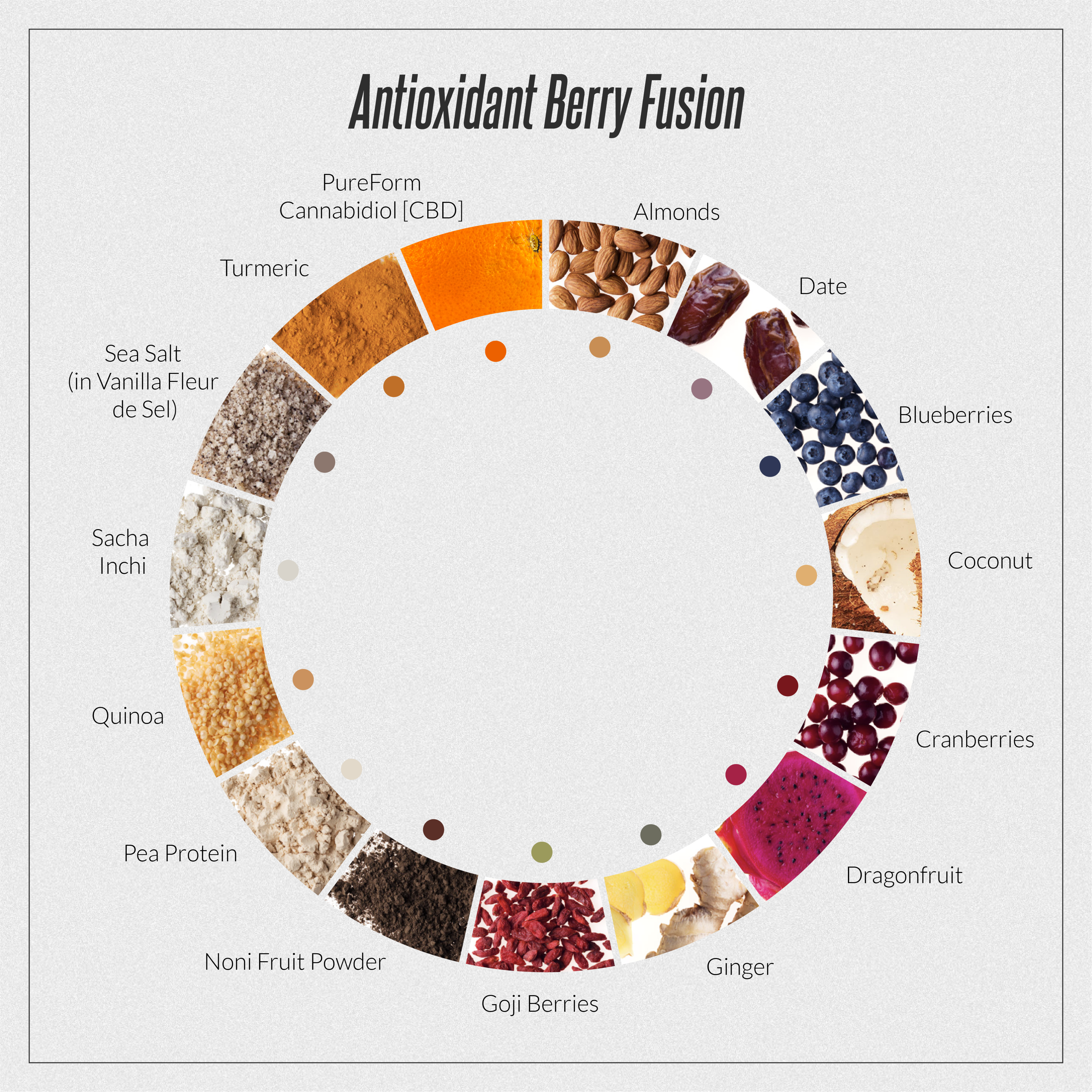
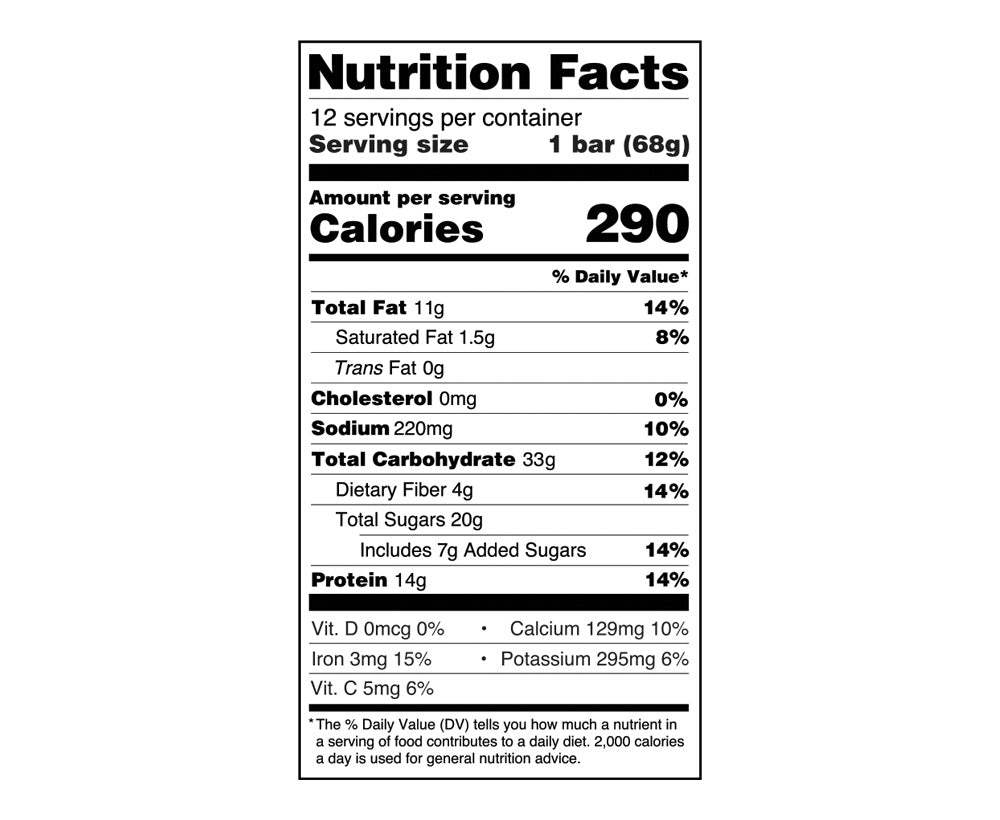





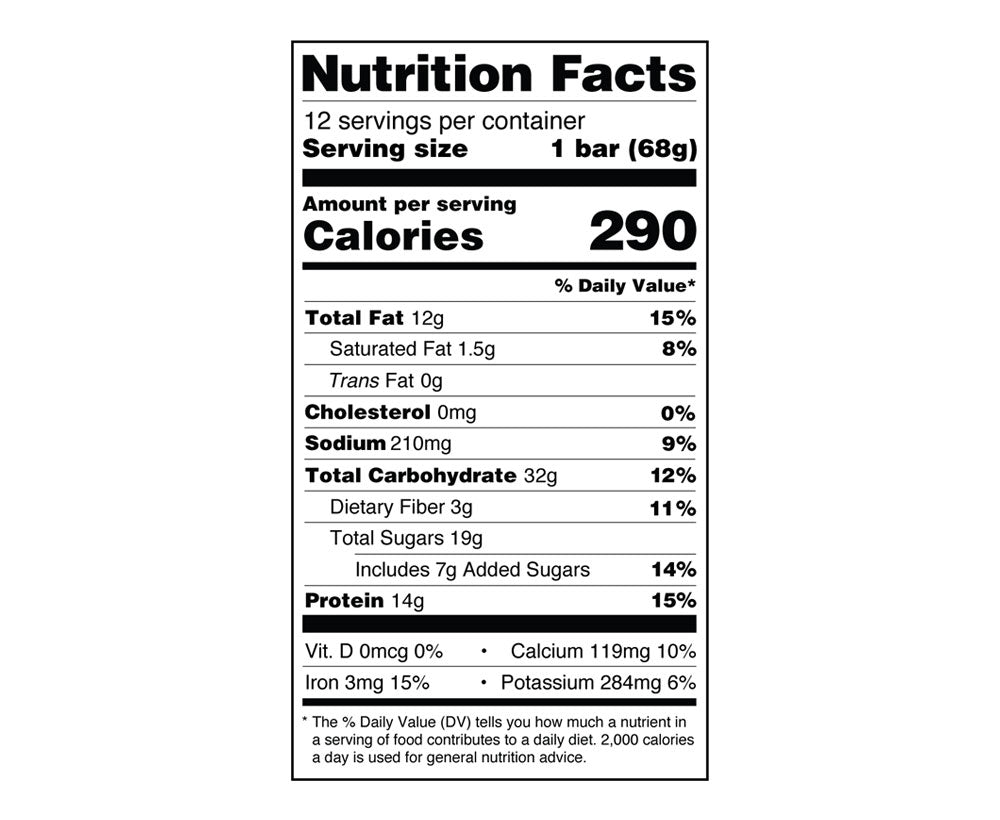



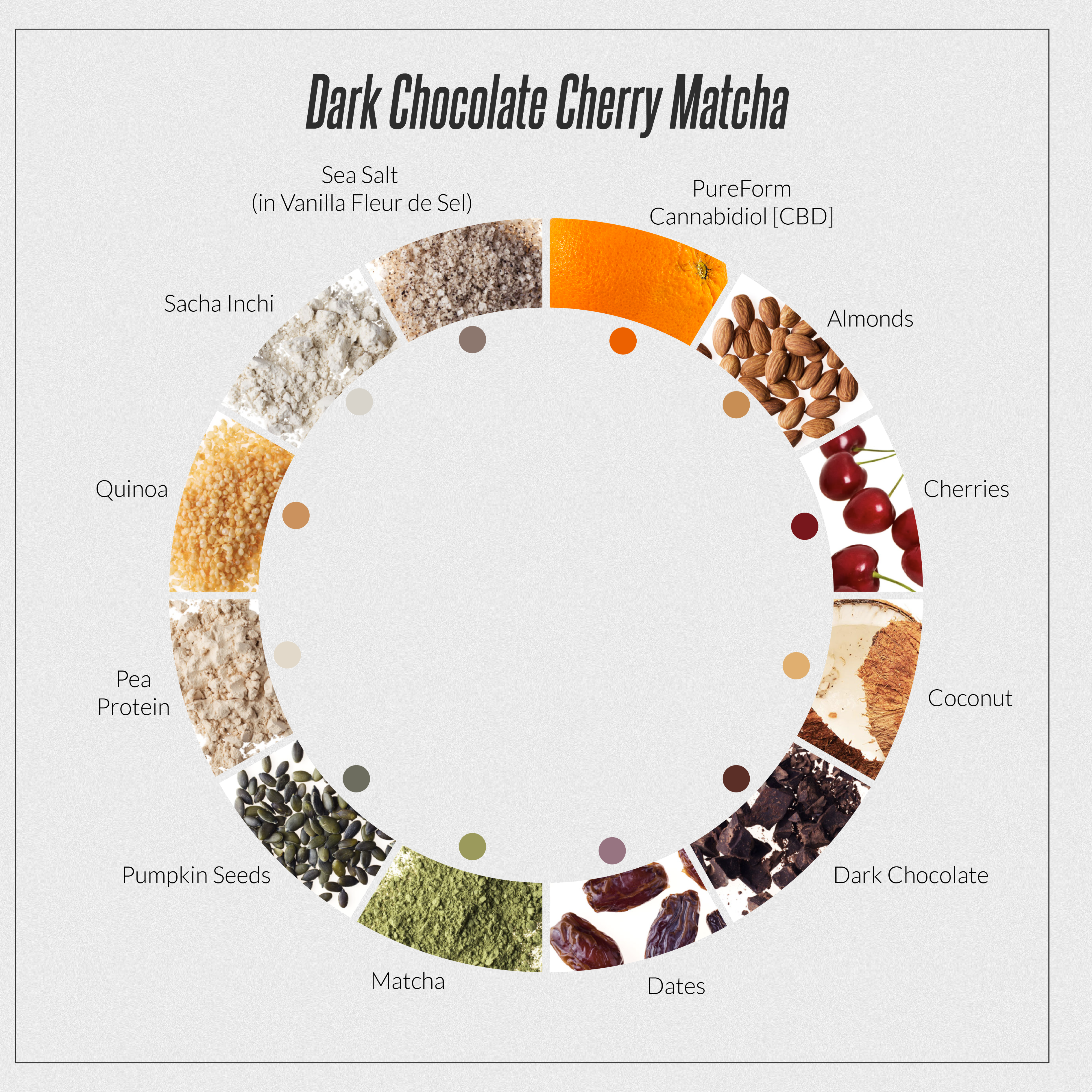

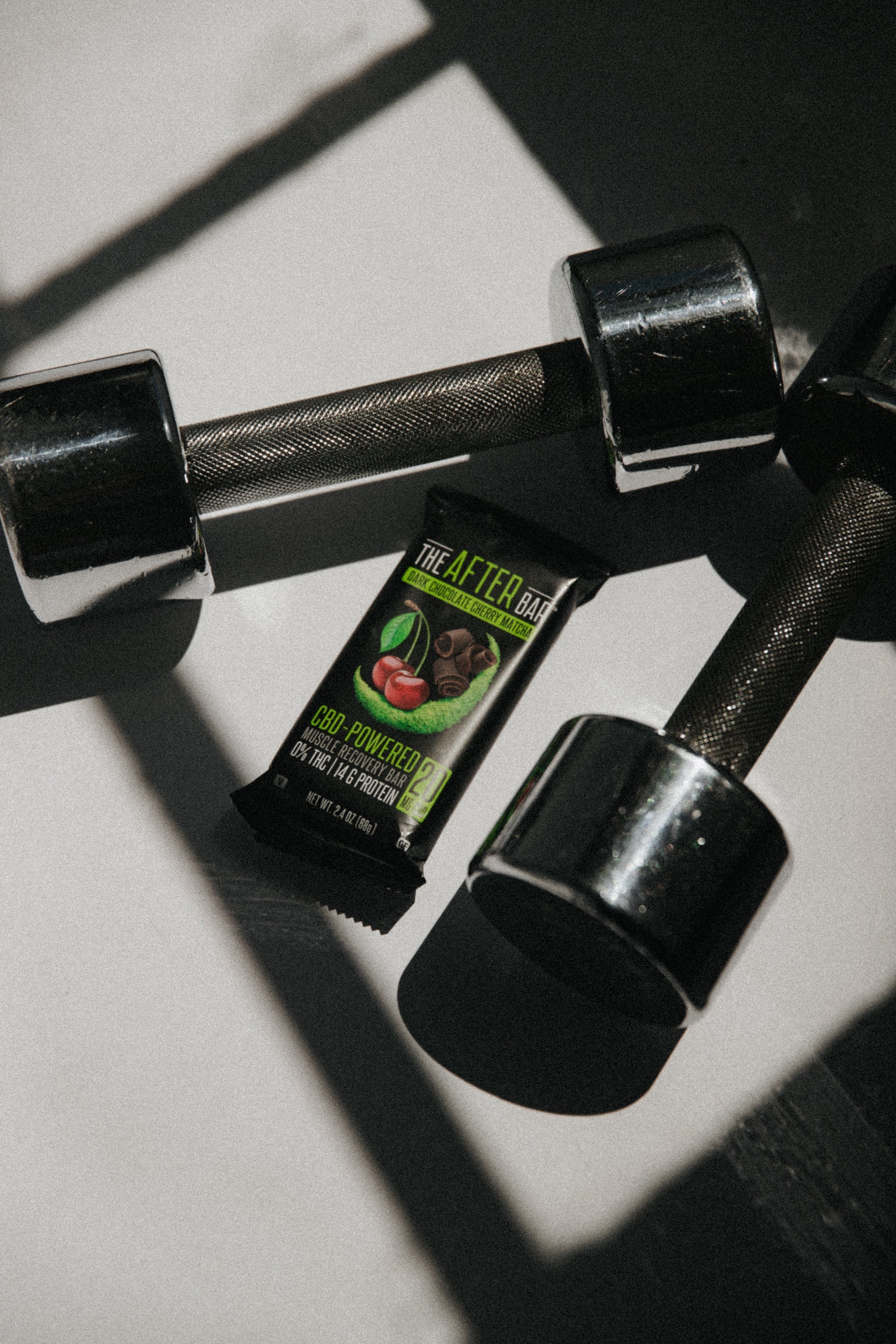

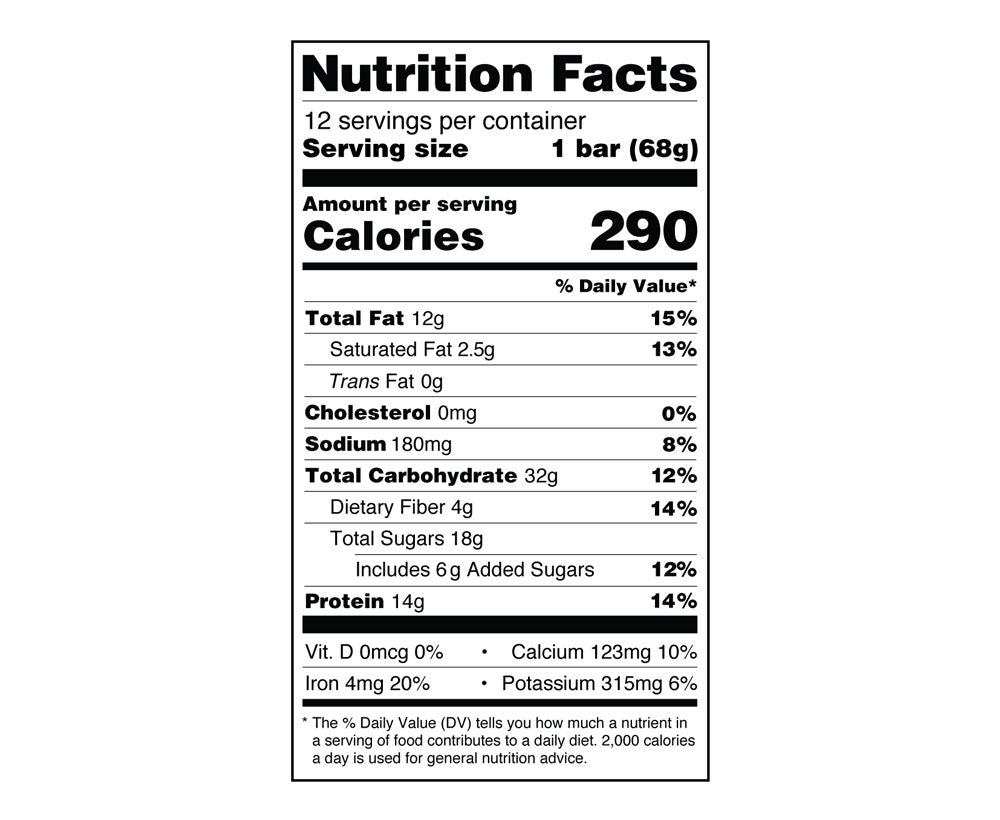




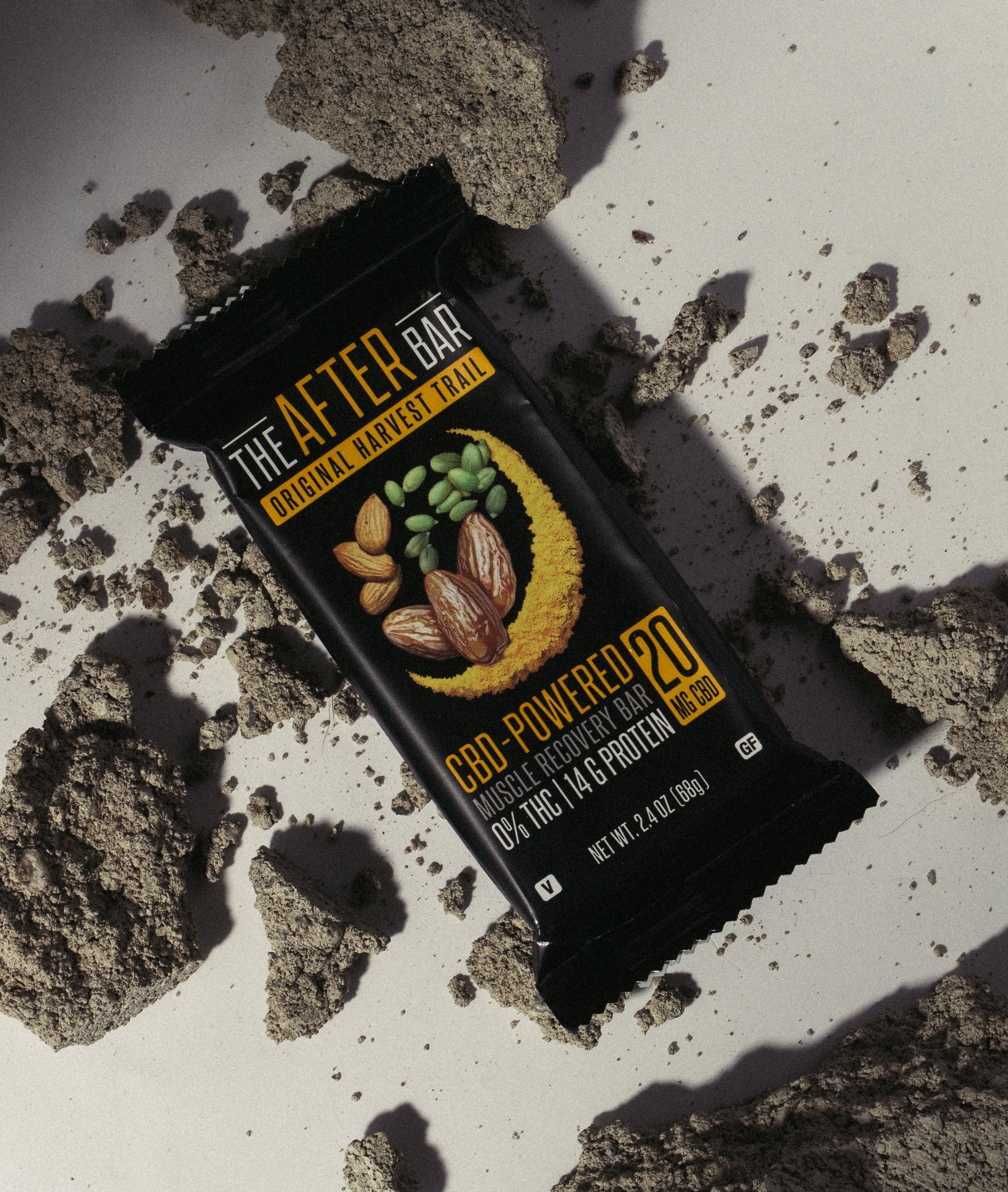
Leave a comment